Bill D. (VA)
Silver Member
Since most of the fields around here won't be available for a while, my partner Dan and I decided to make a return visit on Saturday to do a little more digging in a pit we found at the end of last season. It was the same site where we recovered 6 pieces of spanish silver, several colonial coppers, and a ton of buttons and buckles. Although we had previously found a few nails and pottery in this pit dating to the 1600s, the large majority of the finds are from the mid-1700s to the very early 1800s. We didn't get an opportunity to sift last time so we made sure we screened the dirt on this trip so as to not miss any goodies. The pit seems to be much more expansive than we previously thought, and we should be able to keep ourselves busy here for a good while. The pottery and glass finds weren't abundant, but we were able to pick up 15-20 tombac and early flat buttons. What was interesting was the many iron artifacts that continued to be recovered. We dug 2 large 1700s padlocks last spring, and dug another smaller one this time. We also dug a couple of large lock plates (from trunks??) and a barrel lock with possibly part of its key. Some large horse bit components were also found. Hopefully these items will survive the electrolysis bath in good shape. I also used my big magnet to clean out some of the small iron to reduce the masking when using the detectors. That helped us to find a nice early thimble as well as some of the buttons. Dan also dug a large and unusual brass pipe bowl that likely dates to the late 1700s. Although nothing really great surfaced during the dig, we're still optimistic this pit holds some surprises that will eventually be revealed on future digs, the first of which may be this weekend.
Amazon Forum Fav 👍
Attachments
-
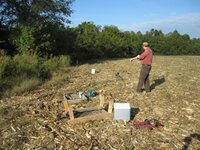 092113a.JPG297.9 KB · Views: 174
092113a.JPG297.9 KB · Views: 174 -
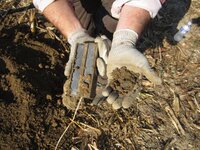 092113b.JPG279.1 KB · Views: 177
092113b.JPG279.1 KB · Views: 177 -
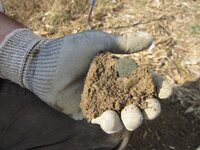 092113c.JPG198.6 KB · Views: 162
092113c.JPG198.6 KB · Views: 162 -
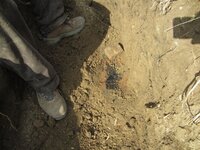 092113d.JPG251 KB · Views: 156
092113d.JPG251 KB · Views: 156 -
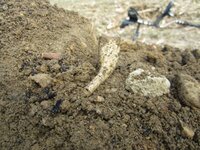 092113e.JPG258.5 KB · Views: 148
092113e.JPG258.5 KB · Views: 148 -
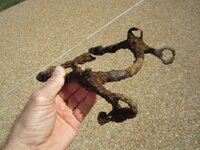 092113j.JPG151.1 KB · Views: 154
092113j.JPG151.1 KB · Views: 154 -
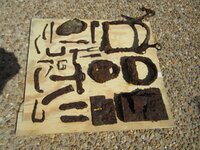 092113i.JPG236.8 KB · Views: 180
092113i.JPG236.8 KB · Views: 180 -
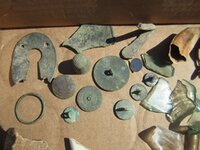 092113h.JPG178.6 KB · Views: 170
092113h.JPG178.6 KB · Views: 170 -
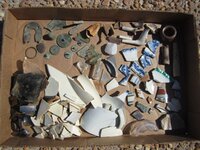 092113g.JPG185 KB · Views: 167
092113g.JPG185 KB · Views: 167 -
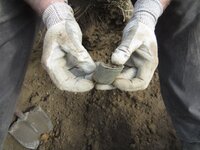 092113f.JPG169.7 KB · Views: 160
092113f.JPG169.7 KB · Views: 160
Last edited:
Upvote
13













